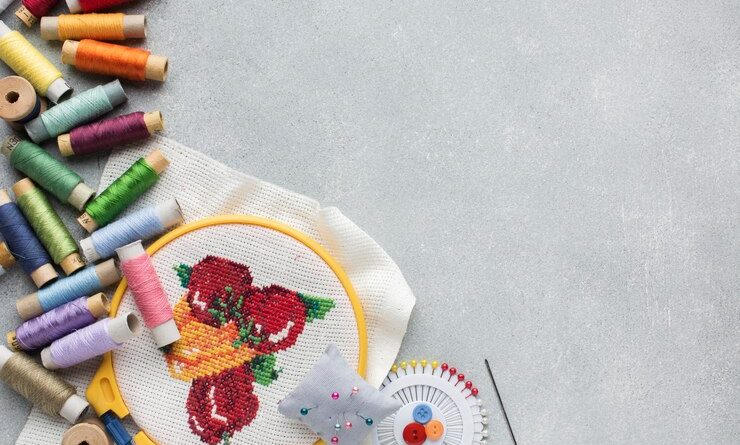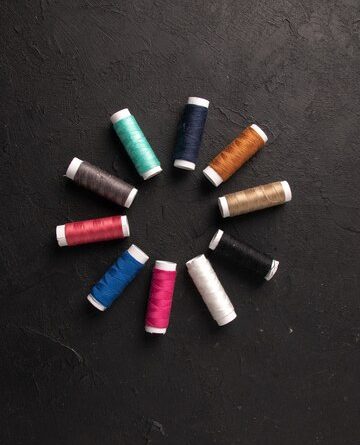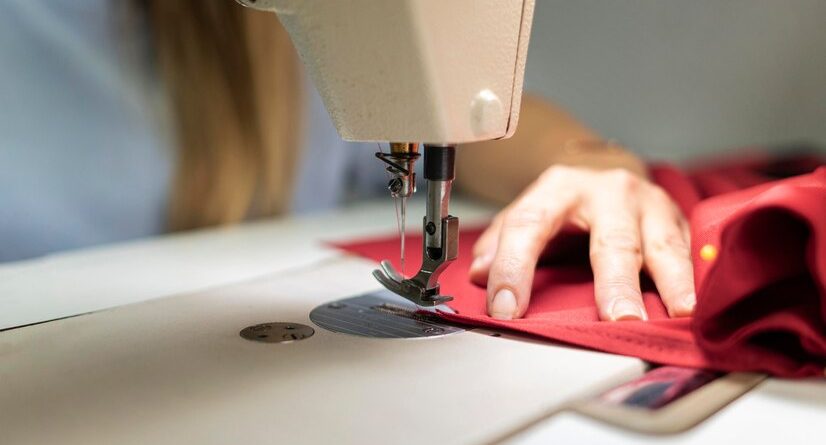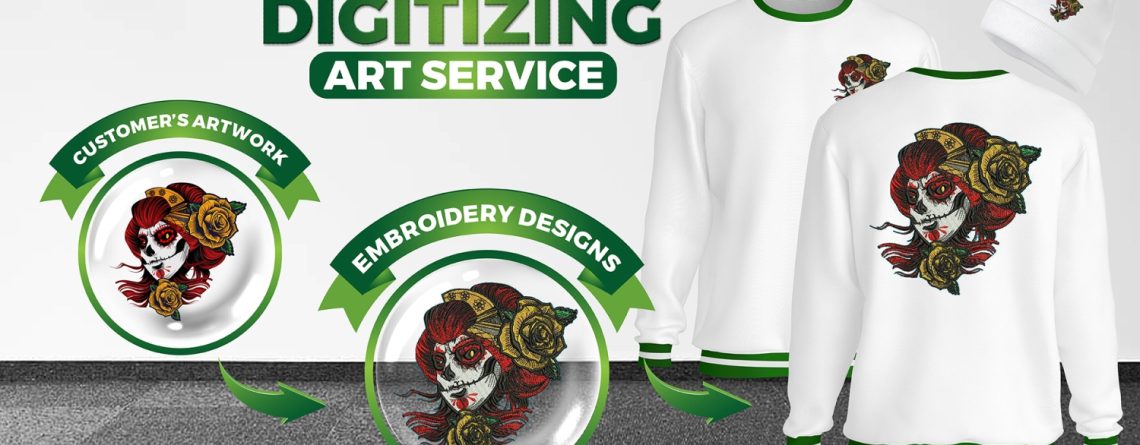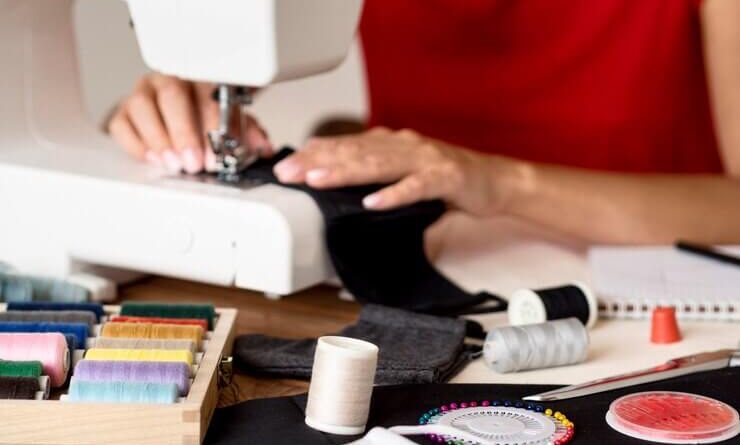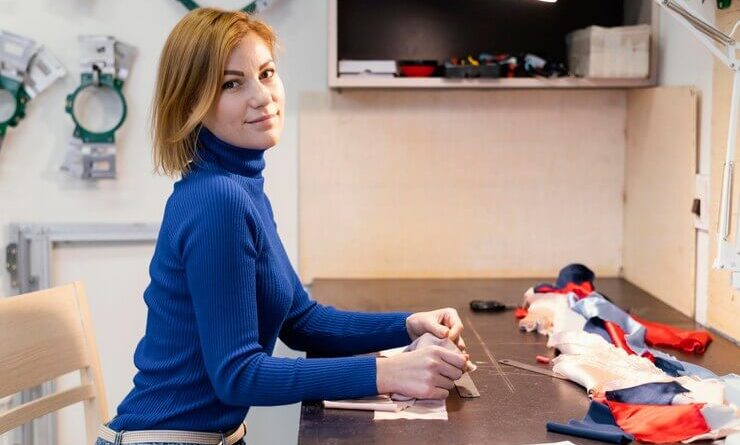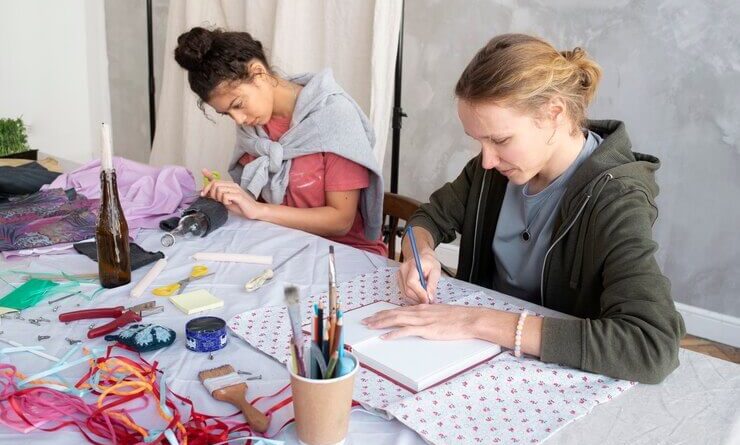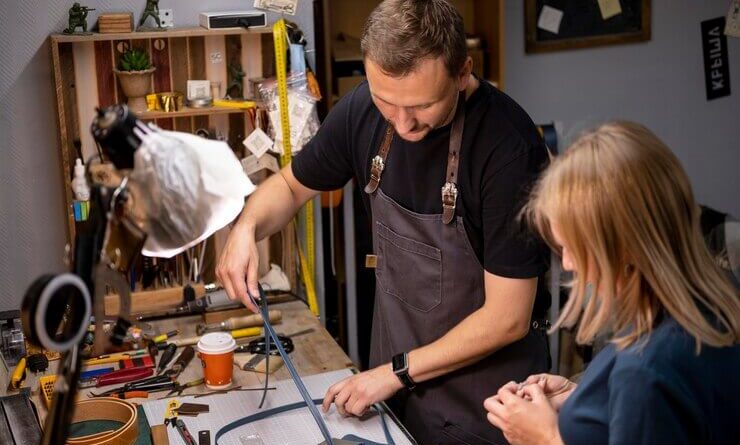Elevate Your Designs with Embroidery Digitizing and Vector Art Services in the USA
In today’s competitive market, standing out with unique and captivating designs is more crucial than ever. Whether you are a business owner looking to enhance your brand’s appeal, a fashion designer seeking to innovate, or a hobbyist with a passion for art, the right services can transform your visions into reality. One such transformative service is embroidery digitizing service USA and vector art service offered by leading companies like NKEMB. These services have revolutionized the design industry by making intricate, detailed, and personalized designs accessible and affordable.
The Rise of Embroidery Digitizing Services in the USA
Embroidery has always been a beloved art form, traditionally executed by hand. However, with the advent of technology, embroidery digitizing services USA have made the process more efficient, precise, and customizable. This service involves converting artwork or designs into a digital format that embroidery machines can read, allowing for intricate designs and patterns to be stitched onto fabrics effortlessly.
Companies like NKEMB are at the forefront of this industry, offering top-tier embroidery digitizing services USA to businesses and individuals alike. Whether you want to create custom logos, personalized gifts, or detailed designs for apparel, digitizing services can cater to all your needs with unparalleled precision.
Why Choose Embroidery Digitizing Services?
Choosing the right embroidery digitizing service USA provider is essential for achieving high-quality results. Here are a few reasons why businesses and individuals prefer professional services like those offered by NKEMB:
- Precision and Detail: With digitizing, every stitch is meticulously planned, ensuring your designs are reproduced with the highest level of detail and accuracy.
- Cost-Effective: Outsourcing to a professional service like NKEMB is often more cost-effective than investing in the equipment and training required for in-house digitizing.
- Time-Saving: Digitizing designs is a time-consuming process that requires expertise and precision. Letting professionals handle this allows you to focus on other aspects of your project.
- Consistency: Professional digitizing ensures that every piece is identical, providing a level of consistency that's hard to achieve with manual methods.
- Versatility: Digitizing services can handle a wide range of designs, from simple logos to complex artwork, on various materials and fabrics.
Vector Art Services: The Backbone of Modern Design
As the digital landscape expands, so does the need for high-quality, scalable artwork. This is where vector art service plays a crucial role. Vector art uses mathematical equations to create graphics that can be scaled indefinitely without losing quality. This makes it perfect for logos, illustrations, and any design that requires resizing for different applications.
NKEMB offers exceptional vector art service that caters to diverse needs, whether you’re a small business or a large corporation. By utilizing vector art, designers can ensure their creations are versatile and adaptable across various platforms and mediums.
The Benefits of Vector Art Services
- Scalability: Unlike raster images, vector art can be resized without any loss in quality. This is essential for logos and branding materials that need to be used across different platforms.
- Editability: Vector files are easy to edit and modify, making them ideal for projects that require frequent updates or changes.
- File Size: Vector files are generally smaller in size compared to raster files, making them easier to store, share, and load.
- Professionalism: Using vector art for your designs gives a clean, polished, and professional look, essential for branding and marketing materials.
- Versatility: Vector art can be used across various platforms and media, from business cards and flyers to large banners and billboards.
NKEMB: Your Partner for Embroidery Digitizing and Vector Art Services
As a leading provider of embroidery digitizing service USA and vector art service, NKEMB is committed to delivering high-quality services that meet the unique needs of each client. With a team of experienced professionals and cutting-edge technology, NKEMB ensures that every project, big or small, is executed with precision and attention to detail.
Why Choose NKEMB?
- Expertise: With years of experience in the industry, NKEMB has the expertise to handle even the most complex projects with ease.
- Quality Assurance: NKEMB is dedicated to providing top-quality services, ensuring that every design is executed flawlessly.
- Customer Support: NKEMB offers excellent customer support, guiding clients through the entire process from concept to completion.
- Affordable Pricing: NKEMB understands the importance of cost-effectiveness and offers competitive pricing for all their services.
- Timely Delivery: Meeting deadlines is crucial in the fast-paced world of design. NKEMB is committed to delivering projects on time without compromising quality.
How to Get Started with NKEMB
Getting started with NKEMB is easy and straightforward. Simply reach out to their team with your design ideas or requirements, and they will guide you through the process of digitizing your designs or creating vector art. Their user-friendly approach ensures that even those new to these services can navigate the process with ease.
Whether you need a simple logo digitized for embroidery or a complex vector illustration for a marketing campaign, NKEMB is your go-to solution for all your design needs. By leveraging their embroidery digitizing service USA and vector art service, you can elevate your designs and bring your creative visions to life.
Conclusion
In the ever-evolving world of design, staying ahead of the curve is essential. By utilizing embroidery digitizing service USA and vector art service, you can ensure your designs are of the highest quality and stand out in a crowded marketplace. NKEMB is a trusted partner for businesses and individuals seeking top-tier services in this field. With their expertise and commitment to excellence, you can take your designs to new heights and make a lasting impression.

